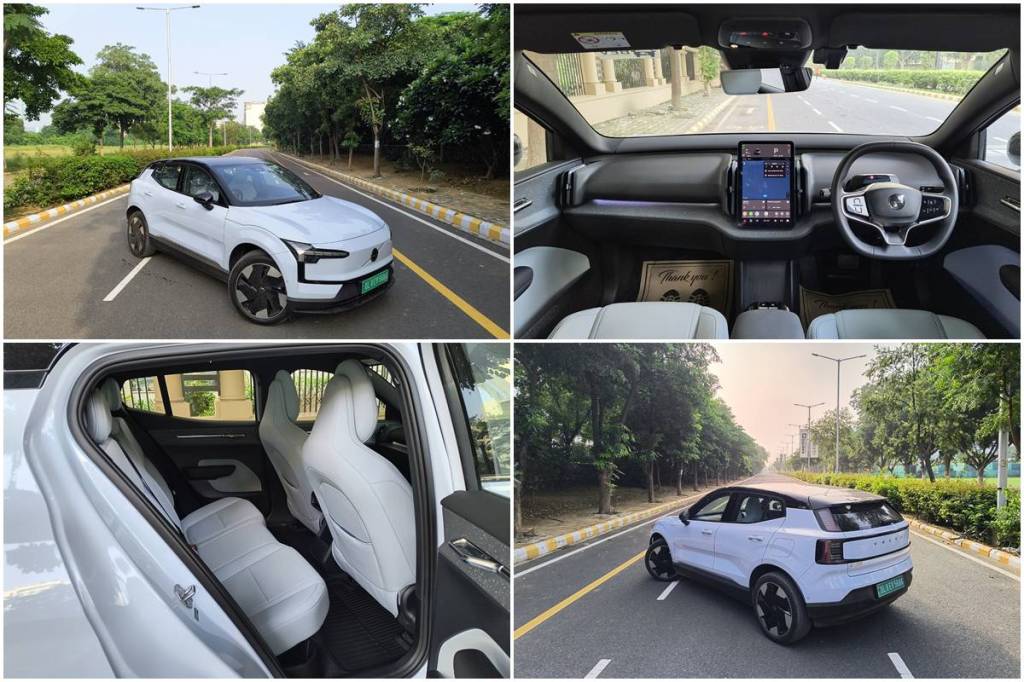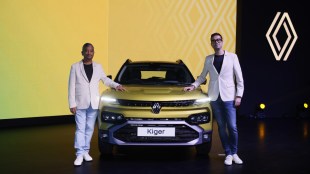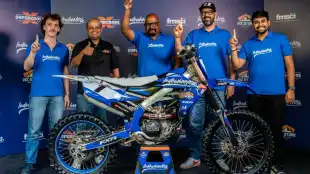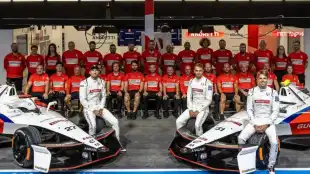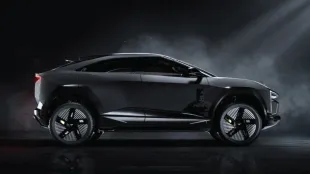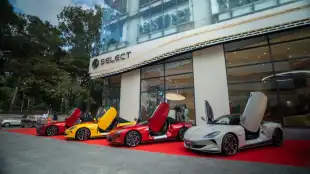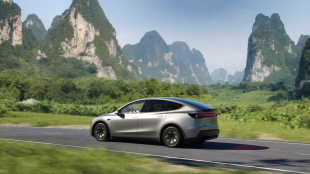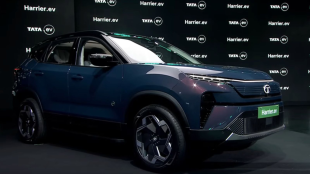I have driven cars as old as a 1920 Ford Model T, to a Tesla Model X – but none confused me like this Volvo did. Despite my years of experience inside cars, I had to Google how to switch on the EX30, how to switch it off, how to lock it, and even how to adjust the outside rear-view mirrors.
What is it?
Volvo India’s newest EV, the EX30, is also its smallest car. Its prices will be announced in September, but the company has hinted it would be in the range of Rs 40-45 lakh. It will come with a 69-kWh battery pack, with a claimed driving range of 480 km (my test unit showed about 400 km of real-world range).
How’s the design?
It’s little, and you feel that. The EX30 looks tiny in front of its competitors, such as Hyundai Ioniq 5, BMW iX1 LWB, and BYD Sealion 7. But it looks rich and futuristic. It’s got a youthful design targeted at city-first car buyers. Unlike most SUVs that are bulky or boxy, this one is sleek and minimal. It’s also not at all flashy. And the pixel-style tail-lamps and the Thor’s Hammer LED headlights enhance the overall look.
How’s the cabin?
It’s so minimalist that you might think Why did you pay so much for a car that doesn’t make you feel plush when sitting in it, or driving it. The dashboard has hard surfaces – no soft-touch material, no foam, no leather, no artificial leather – and is mostly made of recycled and sustainable materials. The single 12.3-inch vertical touchscreen that controls nearly everything stands out. This design makes the cabin look futuristic and uncluttered; the driver gets an expansive view of the road ahead, but it also means there are very few physical buttons. Therefore, for adjusting mirrors and even opening the glovebox, you need to go inside the screen and then ‘tap’ rather than use a button. The touchscreen is powered by Google, and it works beautifully (even has Apple CarPlay integration).
How does it drive?
First, you need to figure out how it starts – because there is no start/stop button. I had to Google it, and found that it starts when I press the brake! How futuristic? Once it starts, it’s a pocket-rocket. The single-motor, RWD version churns out 268 bhp and 343 Nm torque, letting it accelerate from 0-100 km/h in a blistering 5.3 seconds. It’s quick, but in Volvo fashion – smooth, refined, unperturbed. Real-world range in the city – where regenerative braking is maximum – is close to 400 km, but when driven on highways, it drops to about 350 km. It’s capable of fast charging (150 kW fast charger can juice it up from 10-80% in 25 minutes, but how many such chargers are there anyway), and home charging can be done overnight.
Does it trip?
I think its simplicity may work against it – in the price segment it will be launched in India. Lack of physical buttons can be frustrating on the move, and the relatively basic-looking cabin might not be to the liking of a buyer who has experienced German SUVs. The EX30 doesn’t feel practical for a family, either (many of half-a-crore rupee cars are bought by families). The rear seating area is cramped, and the floor is too high, leading to a knee-up posture for most rear-seat passengers, making long journeys uncomfortable in case you plan to take your family out. Boot space, at 318 litres, is modest for families. And given its possible price tag, there are missing features such as ventilated seats, a head-up display, and rear AC vents. Lastly, it’s got an amazing panoramic glass roof, but it doesn’t have a sunshade. That’s cool for Scandinavian summers, but it feels hot most of the time in India.
Should you buy it?
If you want an EV that you want to drive yourself, have the budget, or if you’re looking at a stylish second car in family, it’s an amazing car – possibly the best in India. Its performance is lovely, range is decent, and you will easily get used to the high technology inside the cabin. But if you’re looking for a family car, the EX30 might not be a good choice. Finally, it doesn’t tick all the right boxes, doesn’t make a statement, doesn’t make you feel pampered inside, but it shows you the future. You can tell your kids that you indeed drove tomorrow, today.
